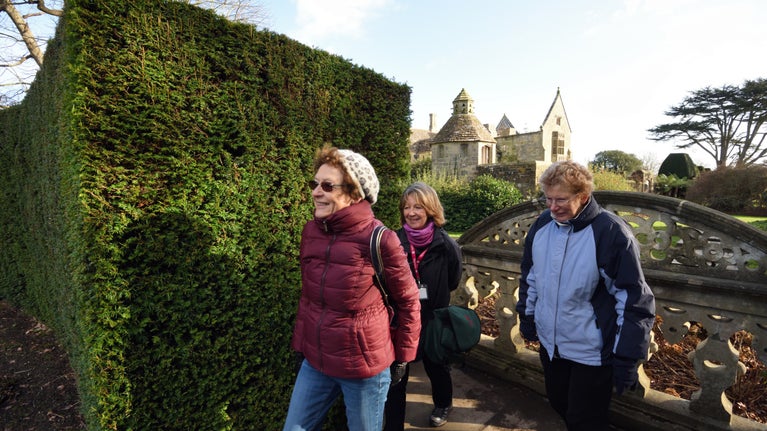
Where will you visit next?
Discover lots of gardens, historic houses, days out at the coast and more.

Find the best places to walk in England, Wales and Northern Ireland. From coastal paths to tracks through ancient woodland and accessible trails, there’s something to suit everyone.
Take a family-friendly walk along these trails suitable for pushchairs and children. On the way, you can go wild in natural play areas and compete in woodland den building.

Whether you’re on a walk at the coast, countryside or an historic estate, find a café or tea-room to warm up in and refuel.

Discover the best accessible trails to explore with pushchairs, wheelchairs and mobility aids across the places we look after. Get out in nature without having to go off the beaten track.

Learn about the National Trust’s ongoing partnership with Cotswold Outdoor. Find out how they help us care for precious places and the exclusive discount available for National Trust supporters.


Discover lots of gardens, historic houses, days out at the coast and more.